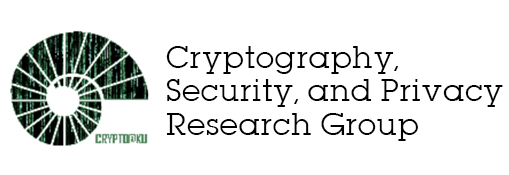In this paper, we intend to study the geometric meaning of the discrete logarithm problem defined over an Elliptic Curve. The key idea is to reduce the Elliptic Curve Discrete Logarithm Problem (EC-DLP) into a system of equations. These equations arise from the interesection of quadric hypersurfaces in an affine space of lower dimension. In cryptography, this interpretation can be used to design attacks on EC-DLP. Presently, the best known attack algorithm having a sub-exponential time complexity is through the implementation of Summation Polynomials and Weil Descent. It is expected that the proposed geometric interpretation can result in faster reduction of the problem into a system of equations. These overdetermined system of equations are hard to solve. We have used F4 (Faugere) algorithms and got results for primes less than 500,000. Quantum Algorithms can expedite the process of solving these over-determined system of equations. In the absence of fast algorithms for computing summation polynomials, we expect that this could be an alternative. We do not claim that the proposed algorithm would be faster than Shor's algorithm for breaking EC-DLP but this interpretation could be a candidate as an alternative to the 'summation polynomial attack' in the post-quantum era. Key Words: Elliptic Curve Discrete Logarithm Problem, Intersection of Curves, Grobner Basis, Vanishing Ideals.
